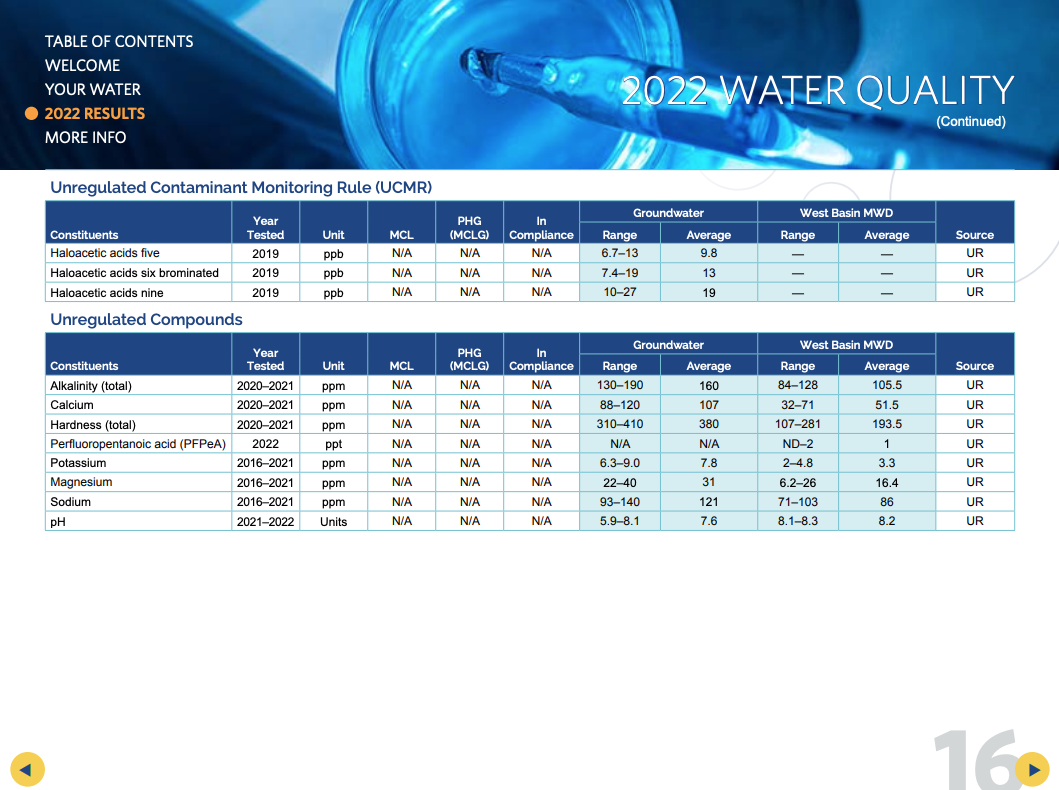Like clockwork, every time we have a big rainstorm, I read news stories and hear people talk about all the "wasted" water running out to sea or out of the arid area. I understand the frustration, but want to highlight some of the complexities.
For instance, Southern California received quite a bit of rainfall ~10 days ago as the remnants of Hurricane Hilary swept through. We received 2.5" according to my backyard rain gauge. I'll write more about that in a later post (already started drafting it).
But, I thought it would be interesting to show what happened near Palm Springs, where Interstate 10 was washed out after the area received half of their annual average rainfall in 6 hours. Interstate 10 was shut down for miles due to flooding and mud.
One of the surprising things to water neophytes is that less water is captured in torrential rainfall events than in more normal, smaller and slower rain events.
This is why water professionals are so worried about climate change. Climate models forecast, and our recent experience verifies, that SoCal will get about the same average annual rainfall as in the past--but it will come in fewer and burstier storms like we experienced in August and January/February 2023.
In arid climates, it makes more sense to store the water underground to minimize evaporative losses. Palm Springs exists due to a large aquifer and faults that allow the groundwater to seep to the surface. After unsustainable groundwater pumping, the Coachella Valley developed percolation ponds to spread imported river water to refill the aquifers. In this way, the aquifer has stabilized.
This land works remarkably hard precisely because of it's geology. It has the surface to aquifer connection that allows it to function as a percolation pond. But it's also a transportation corridor because it has the surface water needed by overland travelers.
Can you see the percolation ponds, wind turbines, solar farm, Interstate 10, and the railroad tracks in this aerial photo? That's five uses, not counting housing and related services.
You can also see wind turbines in this photo from another percolation pond just to the south of this one.
The transportation corridor is here because of water, but it's also at risk because of water. You can see the Site of the Original Palm Springs RR Depot in this aerial photo, along with Whitewater Canyon, which feeds the Whitewater River that eventually drains into the Salton Sea.
It's more dramatic in the terrain contour map.
You know how lake beds have very fine soil impermeable (or only slightly permeable) to water? This allows them to hold the water. Watch Who Fills Your Taps as Kathy Kunysz explains how, when water comes pouring off the mountains, the larger gravel falls out first, and then the finer silt settles into clay layers (aquitards). If you don't keep the finer particles out of your spreading basin/percolation pond, they clog up and cease to function.
If you don't have time to watch this 75 minute video, you can view the slides.
In order to preserve the percolation pond, they had to redirect the muddy runoff AWAY from them, so they didn't capture most of the runoff. This happened in January 2023 and again in August 2023.
If the rain comes too fast, and the water contains too many fine particles, then you can't capture it in percolation ponds. More and more of our rainfall is going to come from these bursty storms.
The good news is that they water was diverted around the percolation ponds and sent downstream to feed the shrinking Salton Sea. If we preserve and restore coastal wetlands, that silty water can replenish the marshes, build up the coastline, and help protect us from sea level rise and storm surges. The bursty flows can scour out the waterways, remodeling/refreshing wildlife habitat.
It's all good.
Waste is in the eye of the beholder. If you look at it in terms of what's valuable to humans, you aren't seeing the whole picture.
But, it also means we have to work harder and and spend more money to capture the same amount or less water, due to climate change. The people who told you that we couldn't do anything to stave off climate change because it was too expensive played the American public for chumps and we fell for it.














